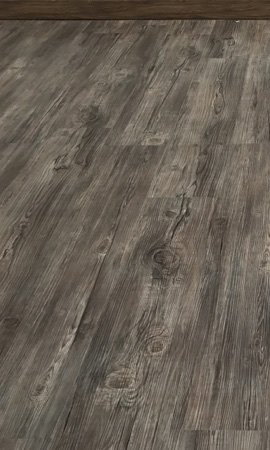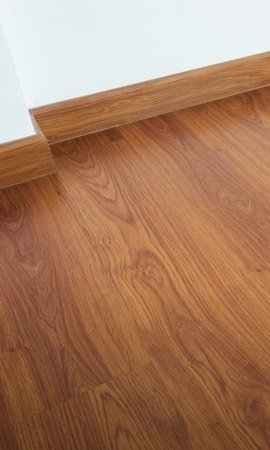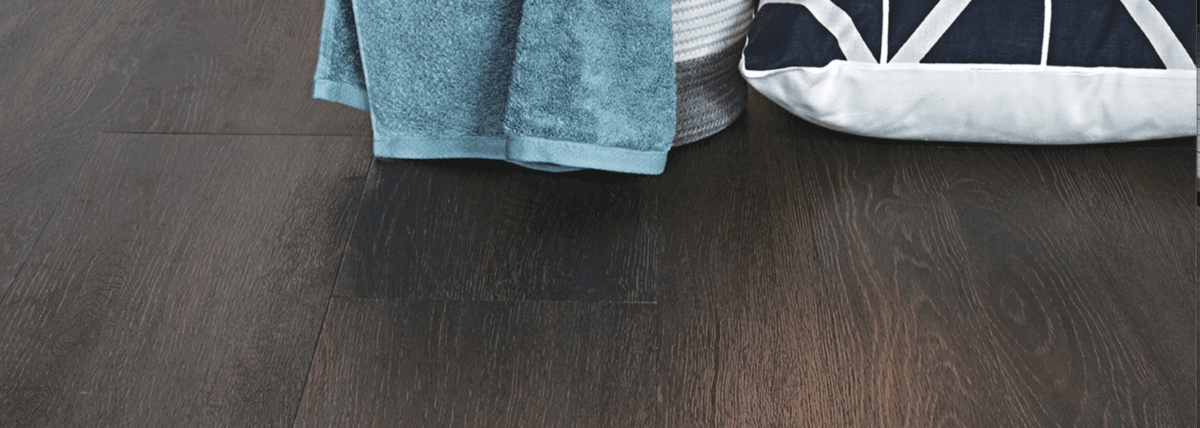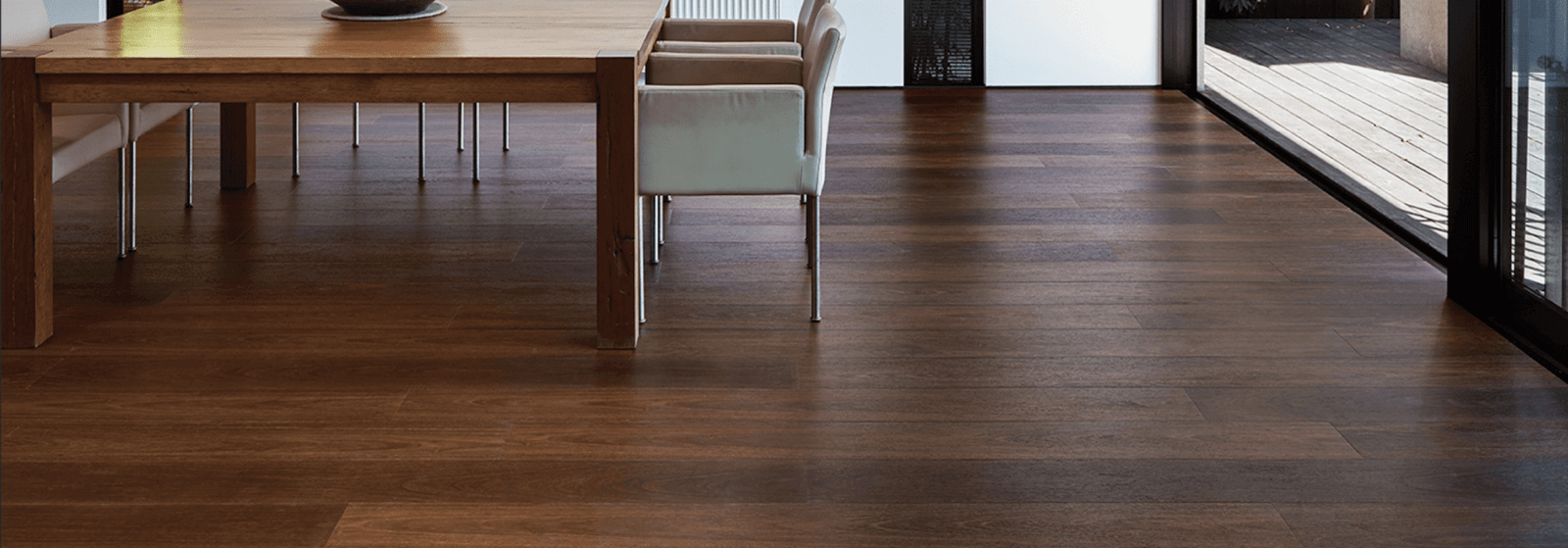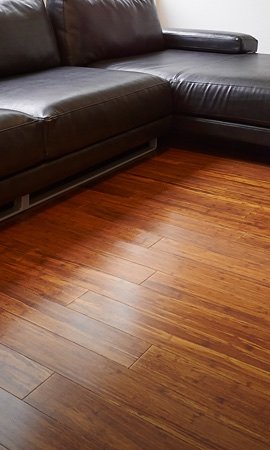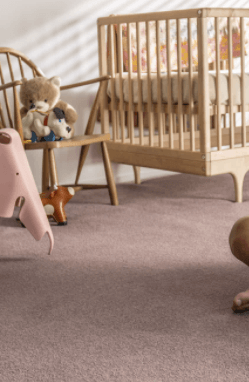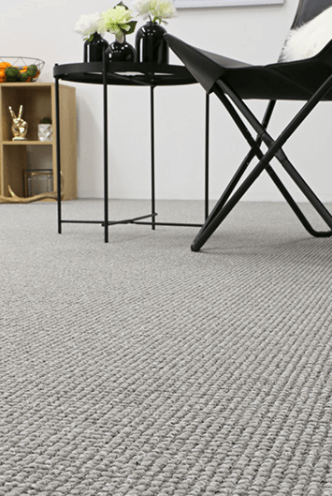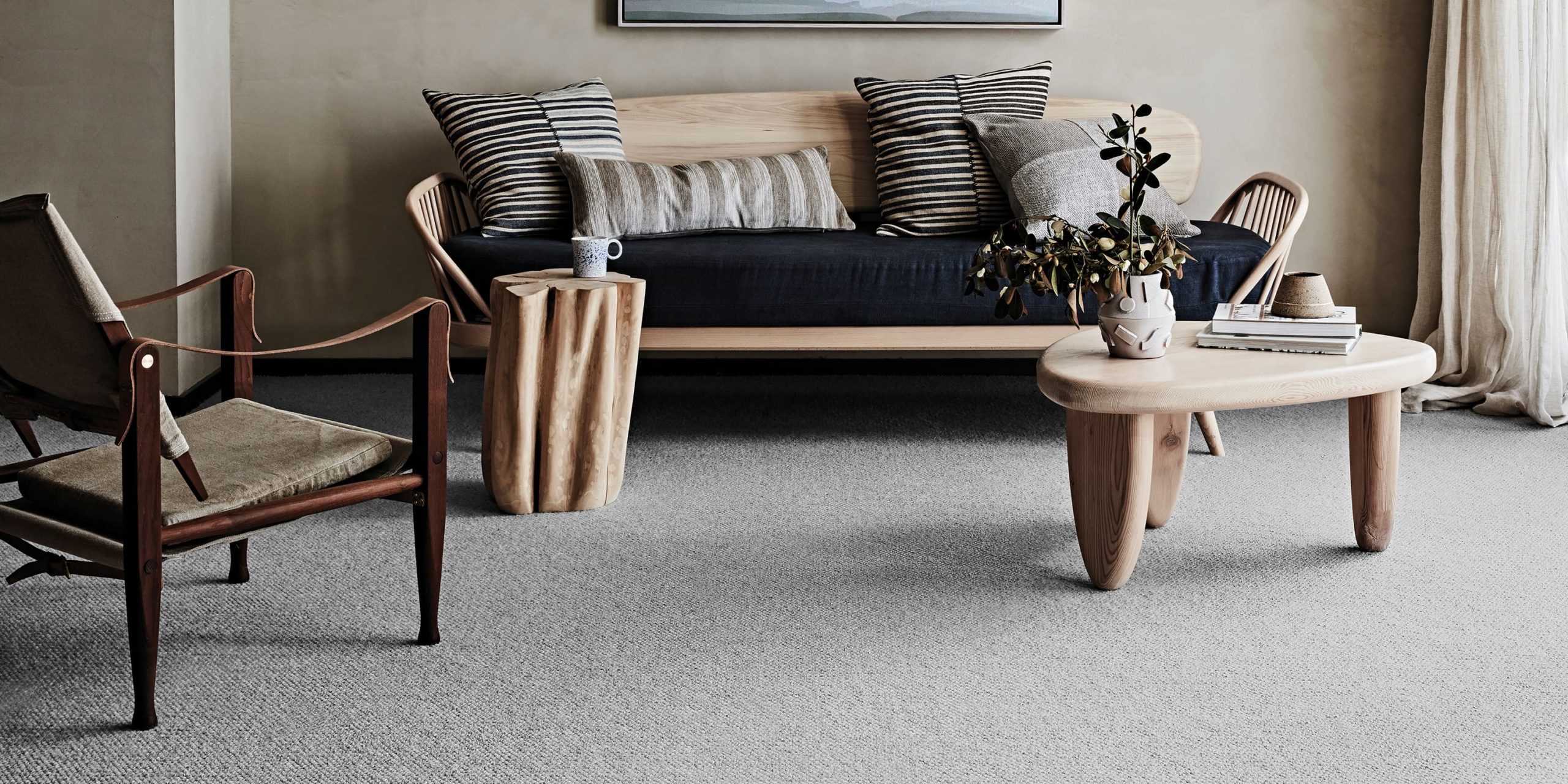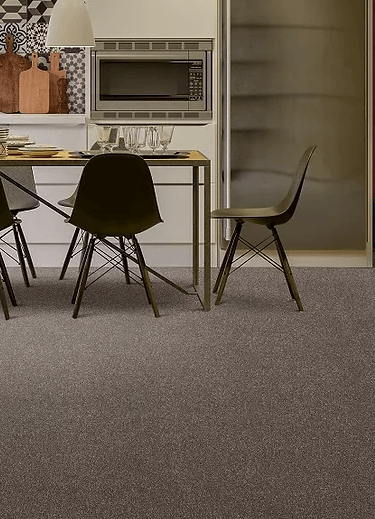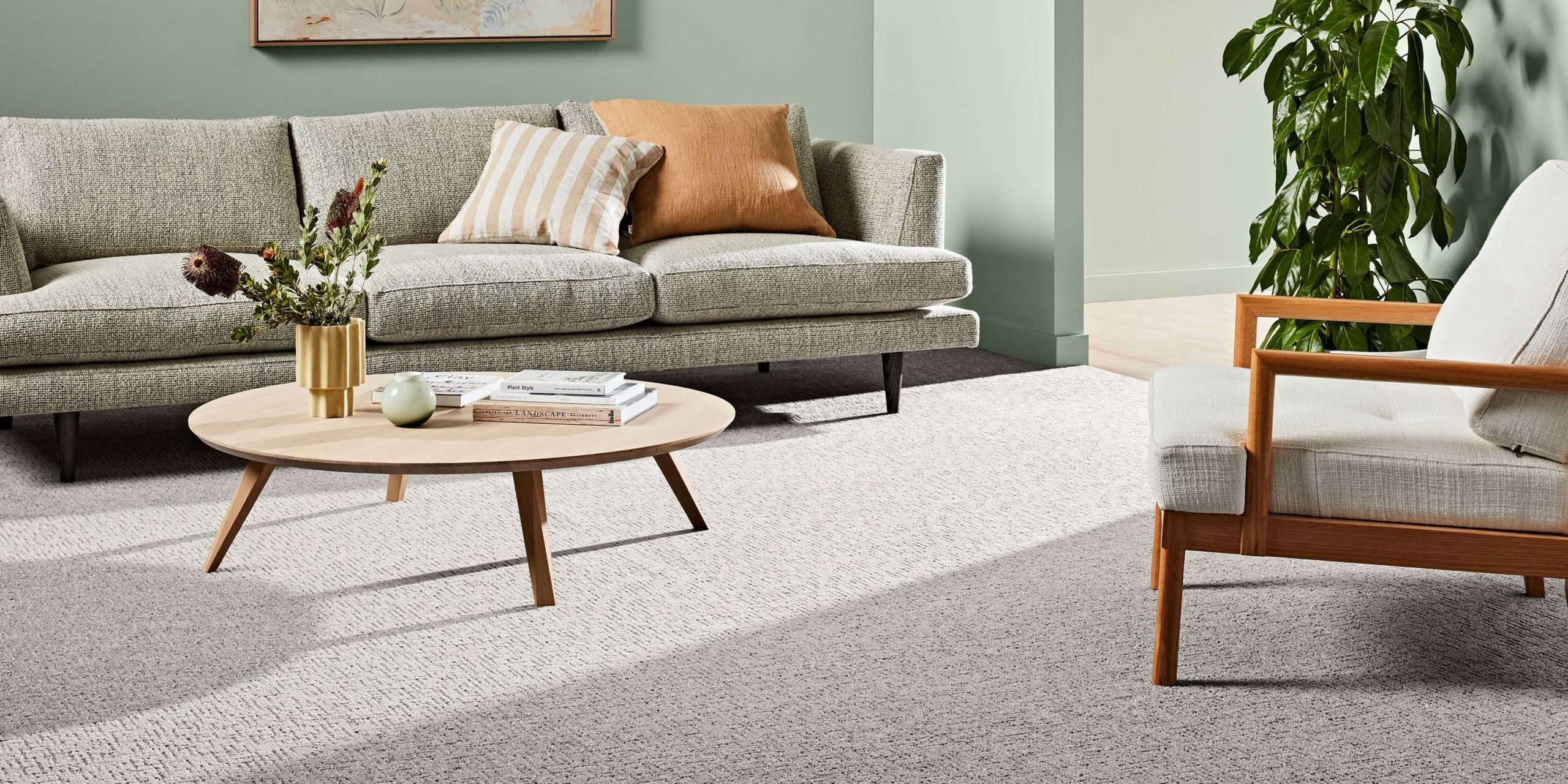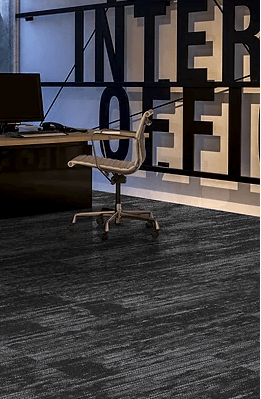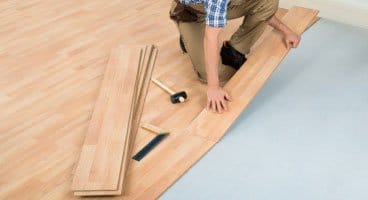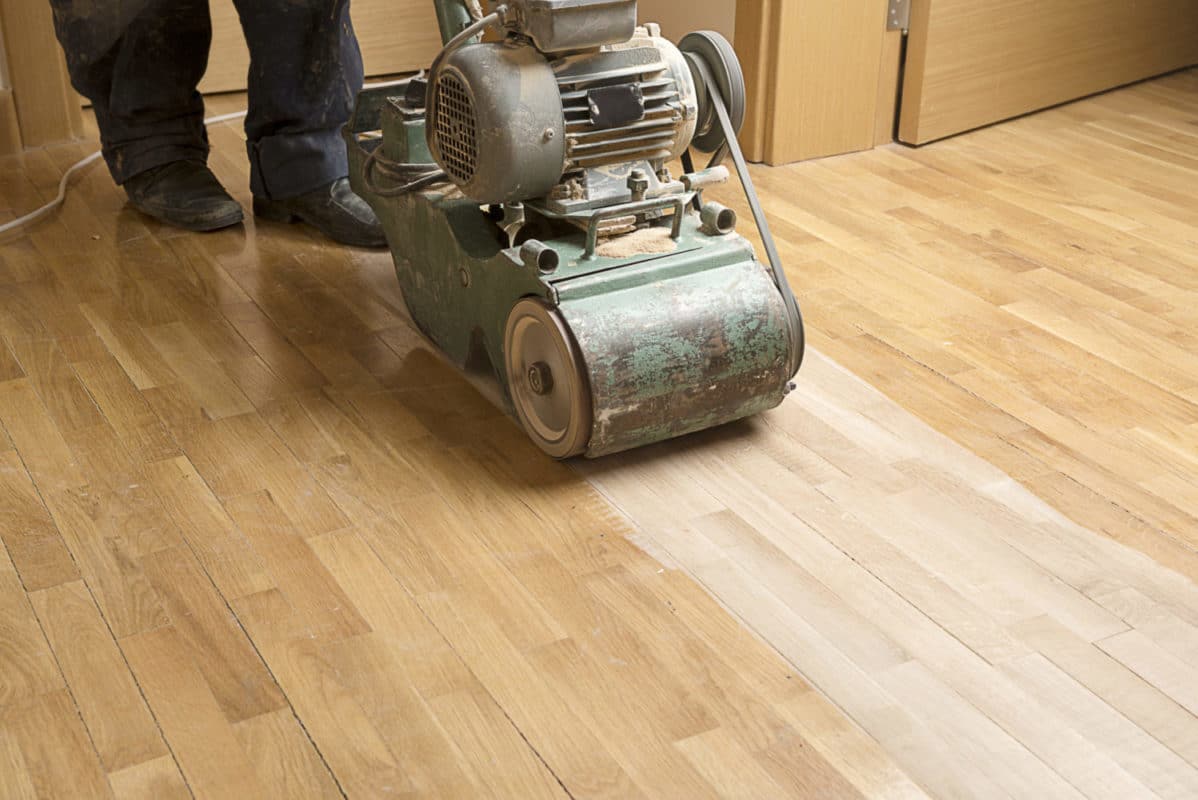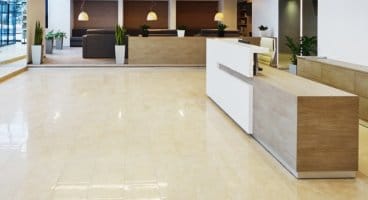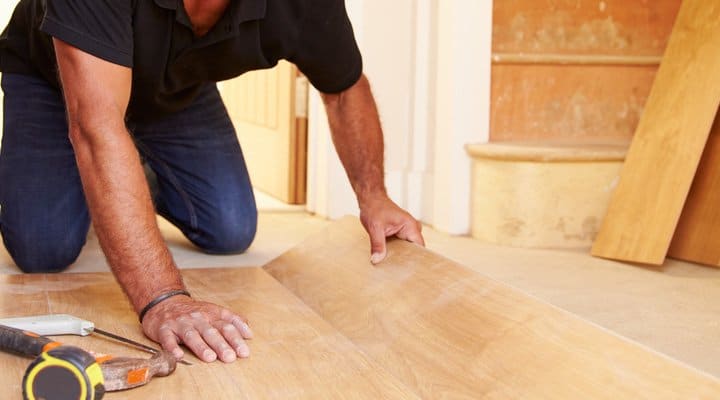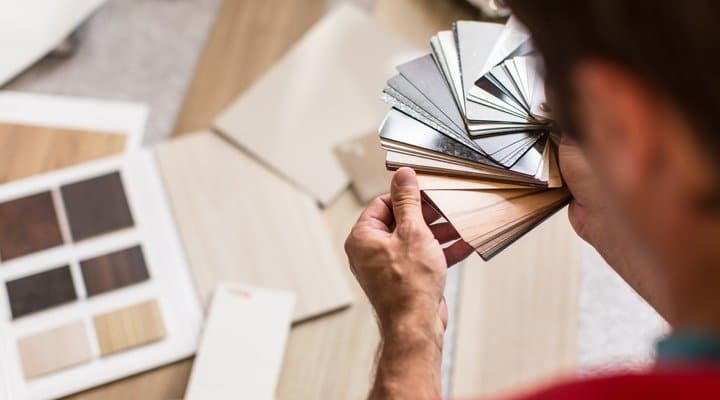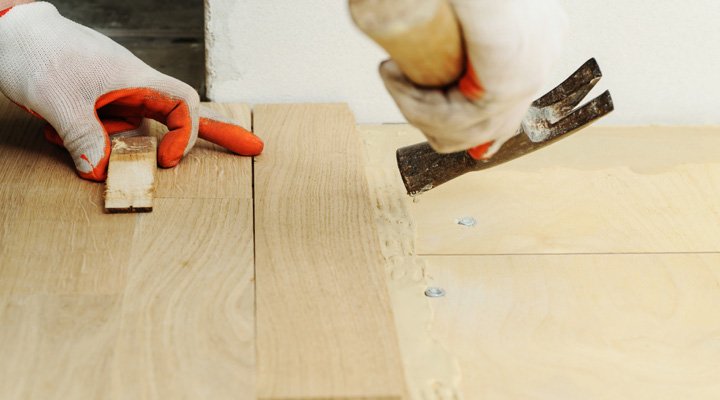

21 Jan Flooring Installation & Labour Costs: What You Need to Know
Understanding Flooring Installation & Labour Costs
There are many flooring types to choose from for your home, each offering different benefits. While most people focus on style, durability, or maintenance, one crucial factor often overlooked is cost. And one of the biggest components of that cost is installation.
Understanding what goes into a flooring installation quote will not only help you budget better but also protect you from hidden or unexpected expenses. If you’re unsure where to start, request a free, no-obligation quote from FloorVenue and we’ll provide a clear breakdown tailored to your home.
Breaking Down Installation Costs
The cost of installation usually depends on two main factors:
- Type of flooring material – Different flooring products involve very different installation methods, which directly affect labour costs. Below, we explain why timber, engineered timber, laminate, hybrid, and vinyl planks vary in price.
- Size of the area – Larger spaces require more time and materials. For example, a 20m² bedroom installation will cost far less in total labour than a 100m² open plan living area. Complex layouts with hallways, wardrobes, or staircases may add additional work, increasing installation time and cost.
It’s important to remember that a written price quotation serves as a binding agreement once signed, so make sure every detail is clearly listed. This prevents surprise add-ons later.
How Flooring Types Affect Installation Cost [2025 Updated]
Solid Timber Flooring
Solid timber floors are one of the most premium products available, both in materials and installation costs. Furthermore, concrete surfaces require a wooden substrate overlay before installing timber. This is because we cannot nail timber floors directly into concrete, and can cost more.
They are usually installed by nailing or gluing to the subfloor, followed by sanding, staining, and coating. This multi-step process requires specialist tools and more time, which pushes up installation prices. However, the investment is justified by the fact that solid timber can be re-sanded and refinished multiple times, offering a lifetime of value.
- Market rate installers charge $60 – $70 per square metre for solid timber installation into wooden subfloors.
- Plywood substrate installation, if required, is around $35 – $50 per square metre, depending on the thickness required.
Engineered Timber Flooring
Engineered timber offers the authentic look of real timber with a simpler installation process. Most engineered boards use a click-lock system, meaning they can be floated over an underlay without nails or glue. Some premium engineered boards may be glued down for extra stability. Because less sanding and finishing is required compared to solid timber, installation costs are typically lower, making engineered flooring a cost-effective way to achieve a timber look.
- Floating installation is always more affordable, which is around $25 – $40 per square metre, depending on the quality/experience of installers.
- Direct-stick installation, which involves a 4 – 6mm thick trowel of glue, is $70 – $90 per square metre. Adhesive can cost an additional $10 – $15 per square metre.
Buyers beware, some cheaper installers may sell a “bead / strip / spot glue” method, which uses around 1/10th the adhesive compared to a proper full trowel glue down. No manufacturer will warrant this method, and it’s a high-risk way to install engineered timber flooring. Make sure the installer is quoting a proper method that complies with Australian Standards and manufacturer guidelines.
Laminate Flooring
Laminate flooring is one of the most affordable options to install. Like engineered timber, it generally uses a click-lock system and can be floated on top of an underlay. The lightweight boards are easy to handle and cut, which means quicker installation and lower labour costs. Since laminates don’t require coatings or finishing on-site, they are highly budget-friendly in both supply and installation.
Market rate is $25 – $35 per square metre for the installation of laminate flooring, which is thinner and lighter on the lower side.
Hybrid Flooring
Hybrid flooring combines the best features of vinyl and laminate, with the added benefit of being 100% waterproof. Installation is straightforward because hybrid planks are also designed with click-lock edges. This floating installation method reduces labour costs compared to solid timber. However, hybrids tend to be heavier and denser than laminates, which can add a little more effort during installation, but they remain one of the most cost-efficient modern flooring solutions.
Market rate is $30 – $40 per square metre for the installation of hybrid flooring.
Vinyl Plank Flooring
Vinyl planks are another highly cost-effective product to install. They can either be glued down or floated with a click system, depending on the range. Glue-down vinyl planks require more time and adhesive preparation, which may increase installation costs slightly. However, click-lock vinyl planks are very quick to lay, keeping labour costs low. Their water resistance and thin profile also make them a versatile choice for apartments or rental properties where easy installation and replacement are key.
Vinyl plank flooring is $30 – $35 per square metre for labour, and an additional $5 per square metre for adhesive as a 1.6mm V-notch trowel.
Commercial vinyl sheets cost a bit more, around $40 – $60 per square metre, with coving on the higher end.
Size of the Area
The second major factor in flooring installation cost is the size of the area. A larger floor naturally takes more hours to complete, increasing total labour charges. For example, a small bedroom might only take one day for two installers to complete, whereas a large multi-room renovation could require several days of work. The larger the area, the more underlay, trims, and finishing details will also be required.
It’s also worth considering the complexity of the space. Open-plan layouts are generally more straightforward to install compared to homes with multiple small rooms, hallways, or curved staircases. Tight corners, built-in wardrobes, and transitions between flooring surfaces can all extend installation time. At FloorVenue, our team provides a free on-site measure and inspection so you receive an accurate estimate based on your actual floor size and layout.
Subfloor Levelling
Levelling is another important part of your installation cost. If your project requires subfloor preparation such as levelling or repairs, the labour cost will increase. FloorVenue’s installers ensure subfloors are level in accordance with Australian Standard AS 1884, which allows no more than 4 mm variance over 2 metres. This ensures your new floor won’t creak, move, or fail prematurely.
Good installers also take care of moving and replacing furniture, saving you the hassle of doing it yourself or hiring another company. Be sure to confirm this service is included before agreeing to a quote. At FloorVenue, we always clarify whether moving furniture, disposing of old flooring, and trimming doors are part of the service package so you know exactly what’s covered.
Materials
Always clarify what materials are included in your installation service. Beyond just the floorboards themselves, you may also need adhesives, trims, underlay, and moisture barriers. For floating floors such as laminate, hybrid, or vinyl planks, an underlay is essential for acoustic comfort and moisture protection. For glue-down floors like certain vinyl plank options, adhesives and primers must be accounted for.
Request a comprehensive breakdown of all materials, including quantities and GST, so there are no surprises on your invoice. At FloorVenue, we always provide transparent quotes, so you know exactly what’s included and what isn’t.
Assurance
Finally, check whether your installer provides a guarantee or workmanship warranty. This covers not only the initial installation but also the long-term performance of your flooring. Without it, you risk paying out-of-pocket for avoidable repairs later. All flooring installations by FloorVenue are carried out in compliance with AS 2796 (timber grading and quality standard), ensuring both the installation process and final product meet Australia’s strict performance benchmarks.
A professional warranty also demonstrates confidence in workmanship. For instance, if your new engineered timber flooring were to shift or gap within a year due to poor installation, a warranty ensures the issue is resolved at no additional cost.
Conclusion
Flooring installation is more than just laying planks — it’s about preparation, precision, and long-term performance. By understanding how flooring type and area size impact cost, along with labour, materials, and warranty coverage, you’ll be better equipped to compare quotes and make the right decision for your home.
At FloorVenue, our qualified team provides tailored installation solutions, giving you peace of mind that your flooring is laid correctly, backed by industry standards. Contact us today to experience the difference a professional installation can make.
